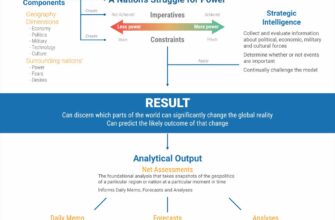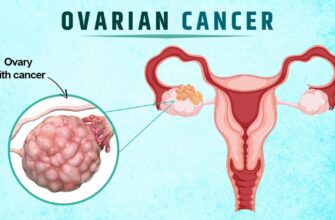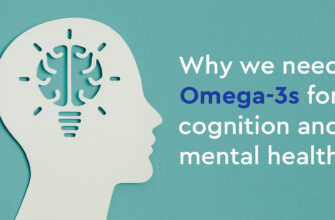In the complex landscape of cardiovascular health, researchers are continually uncovering new factors beyond the usual suspects like diet, exercise, and genetics. A recent study published in *Biopsychosocial Science and Medicine* has revealed a particularly intriguing and somewhat unsettling connection: how women perceive their social standing might be linked to the silent development of heart disease.
The study involved 443 individuals who, importantly, had no clinical diagnosis of heart disease at the outset. The researchers aimed to investigate the role of Subjective Social Status (SSS) – essentially, where people feel they rank on the social ladder relative to others – on the health of their hearts. To get a detailed look at the heart muscle itself, they employed cardiac MRI, specifically focusing on markers associated with inflammation and fibrosis (scarring).
The findings presented a clear gender divergence. While men showed no significant correlation between their perceived social status and indicators of heart damage, women who placed themselves lower on the subjective social scale exhibited a more pronounced link with signs of fibrosis in their cardiac tissue, as detected by elevated T1 values on the MRI scans.
This suggests a mechanism where the stress associated with feeling socially disadvantaged, even without objective medical symptoms of heart disease, could be subtly triggering inflammatory processes and structural changes within the heart, specifically in women. It`s a stark reminder that health is not purely a biological or behavioral equation; psychosocial factors, and critically, one`s internal interpretation of them, play a significant role.
The distinction between subjective and objective social status is key here. It`s not merely about income or education level, but the internal *feeling* of being “below” others in society that appears to carry a potential cardiac risk for women. This highlights the need for a more nuanced approach to cardiovascular disease prevention and understanding, one that acknowledges gender differences and the profound impact of the mind-body connection. Perhaps navigating the social hierarchy carries its own unique, unseen burden, particularly for half the population, and one that medical science is only now beginning to quantify.








